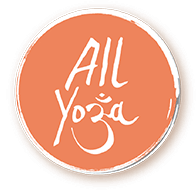200 Hour Yoga Teacher Training: Top 13 Red Flags when picking a Yoga Course
Are you dreaming of becoming a yoga teacher ? Before committing to the practice, it’s crucial to know that a 200 Hour Yoga Teacher Training is not just a place to learn how to lead yoga classes. It should be a sacred space for you to explore your practice, deepen your understanding of yourself, and stretch into your infinite potential.
Sadly, with the rising emergence of yoga teacher trainings around the world, it is difficult to decipher which are the high quality programs and which are not.
Spotting the Warning Signs of 200 Hour Yoga Teacher Training Courses
Choosing the wrong programs can leave you unprepared and with an unrecognized certification. Without proper vetting, students risk wasting time and money on poor-quality training that fails to equip them to teach yoga practice safely and effectively.
Here are the top 13 red flags to look out for when choosing a Yoga certification course:
| Red Flag | Effect |
|---|---|
| School is not alliance-registered | Lack of oversight and standards alignment makes the quality of practice uncertain |
| Absence of techniques, training, and practice from a registered school | Key foundational knowledge, skills, and experience will be missing |
| Big group size | Less personalized attention and opportunities for Q&A, feedback |
| Lack of philosophies, lifestyle, and ethics lessons | Deficits in complete understanding of yogic principles beyond the physical |
| Very short duration | Rushed training without time for complete learning and practice absorption |
| No anatomy and physiology lessons | Poses, adjustments, and sequences taught without regard for bodily systems, mechanics, and safety |
| Too many trainers or unclear teaching faculty | Conflicting approaches and lack of unified teaching methodology |
| Only one trainer | A burnt-out instructor and one viewpoint limit the learning experience |
| No focus on teaching techniques | Graduates lack real preparation to lead sessions confidently using the categories of asana |
| Too many days off | Prioritizes retreat or vacation over intensive teaching training |
| Multiple styles | Overwhelming, shallow introduction to many styles |
| Trainers are not dedicated practitioners | Poor role models are less able to inspire passion for lifelong learning |
| Very few reviews | Red flag for possible low program visibility or quality issues |

1. The yoga school is not Yoga Alliance registered.
Let’s clarify something first. Being a Yoga Alliance registered school does not warrant a high quality yoga program. Anyone can apply by submitting an online application and easily get approved. This being said, there are some recent changes in Yoga Alliance and the new approval process is tightening up, which means schools and trainers will need to meet and adhere to a level of standard.
Nevertheless, for all existing registered yoga schools, there is a level of transparency where you can look up their curriculums, read reviews, and find out who the trainers are. When a school is unregistered, there is almost zero screening and transparency, which means your source of information could boil down to the school’s website and social media platforms, which can be biased and misleading.
Jules McDonald, an owner and instructor at YogaBliss, recently earned her second 200-hour Rocket Yoga certification and acceptance into RYS, on top of several other certifications she’s been earning since 2018. She explains how selecting a training that isn’t registered with Yoga Alliance could affect your business:
2. Absence of Techniques, Training, and Practice From a Registered Yoga School
The standards for a 200 Hour Registered Yoga School (RYS) require a minimum of 75 contact hours and 50 contact hours with lead trainers.
Choosing a 200-hour yoga teacher training program without proper techniques, training, and practice is a red flag because the program may lack credentials, oversight, and a standardized curriculum. This could result in inadequate or unsafe training that fails to prepare you to teach yoga competently and safely.
3. Big group size
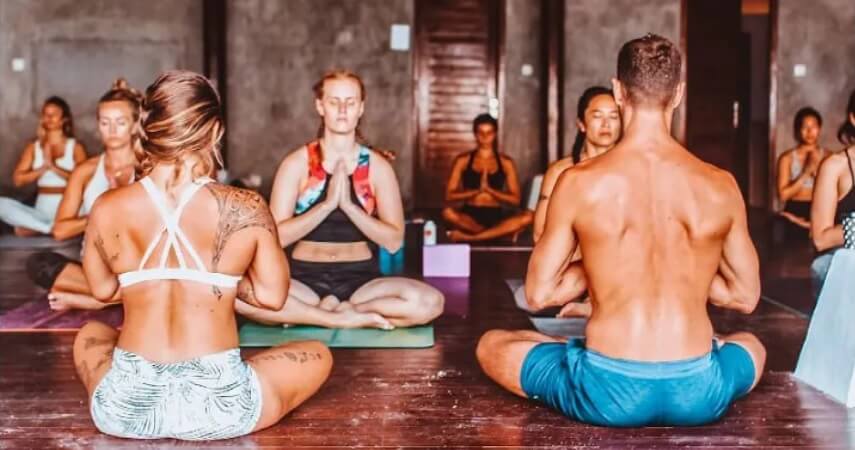
The number of yoga practitioners is expected to hit 350 million by the end of the decade. From my 10 year experience of leading 200 Hour yoga teacher training, it is noticeable that the optimal teacher training group size is between 15-24.
When teaching yoga to 25 people or more, there may be less personal attention or individual contact time with your teacher or less opportunity to ask questions. You may also struggle to express your opinions and develop a proper understanding of the practice.
4. No Yoga Philosophy, Lifestyle and Ethics Lessons for Yoga Teachers
-
A survey from the Sports & Fitness Industry Association shows that more than 24 million adult Americans practice yoga, making it as popular as golf. To be able to teach students, your training hours should have a 20-hour minimum requirement for:
- Philosophies
- Lifestyle lessons
- Ethics
The absence of philosophy, lifestyle, or ethics lessons can result in programs lacking critical foundational teachings on the deeper meaning and purpose behind yoga. Without grounding in yoga’s origins and moral code, you will miss the core context needed for safe, ethical, and enriching instruction.
Wenlin Tan, a women’s Qigong & Yoga Specialist (E-RYT 500, YACEP Yoga Alliance USA), shares why she thinks this is a red flag:
5. Very short duration
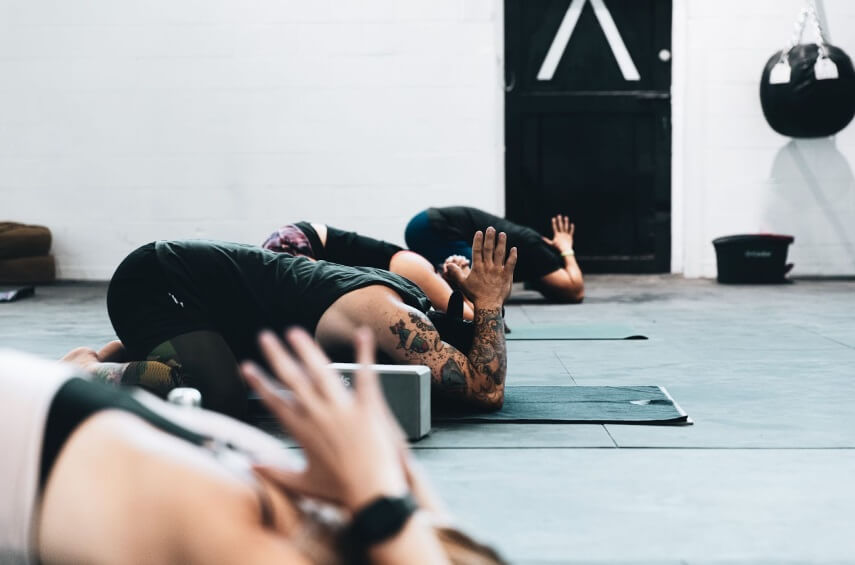
On average, it takes at least 22 to 24 days to complete a 200 hour yoga teacher training.
Under Yoga Alliance policy, a 200 hour teacher training requires 185 contact hours (in-person or online) and 15 non-contact hours such as reading assignments and practicum. This is to assure that the majority of your training hours go to real interaction with your trainers where you’ll get feedback and asked questions.
6. Lack of Anatomy and Physiology Techniques
-
Lessons for yoga teachers should include a minimum of 10 contact hours for anatomy and physiology. A minimum of five hours must be dedicated to these learning objectives:
- Human and energy anatomy
- Application to yoga practice
- Benefits, contraindications, and healthy movement patterns
Neglecting anatomy and physiology techniques in teacher training courses risks producing teachers without the knowledge to safely guide students through poses, modifications, and optimal alignment for different body types. Without a science-based understanding of muscles, joints, and body mechanics, you can unknowingly push students into unsafe territory, resulting in student injury.
7.Too many trainers or unclear teaching faculty
-
Sometimes you might come across schools with dozens of ‘lead trainers’ listed on their website. At first, the diversity of teachers might impress you into thinking more is better. Why not learn from them all? But, it generally doesn’t meet the expectation you might conceive.
- There might not be a big team at all
- Too many opinions and lack of leadership
Here are two potential culprits in having a large faculty team:
The first culprit of a large teaching team is that there might not actually be a big team.
Often, Yoga schools hire different trainers for their programs throughout the year. Not all trainers teach the training, and the school just lists everyone for convenience. Some trainers might be more experienced than others, leading to inconsistent results making it hard to tell whether the school is good.
Secondly, trainers often come from different yoga backgrounds and have their own way of seeing how yoga works. Conflicts may arise when there are too many trainers due to crashing opinions, emotional volatility, and a lack of leadership.
8. Only one trainer
As opposed to the previous point, having only one lead trainer in your 200 hour teacher training can also be a huge red flag. Even if this trainer is very experienced, the fact that there is only one teacher is worrying because you will learn best by being exposed to different experiences, backgrounds, and teaching styles.
In addition, you might not receive as much personal attention and feedback, since there are too many students to tend to.
9. Not focusing on teaching techniques
Watch out for schools that focus too much on direct experiences and not enough attention on developing your teaching skills. These schools often provide an ‘ashram-like’ experience, where you spend many hours doing asana (physical postures) on the mat, meditating, and doing karma (selfless) services like cleaning the shala or cooking meals.
Over the years, I have taught many students who already had completed a yoga teacher training but didn’t learn to teach a well rounded yoga class with confidence and safety.
10. Too many days off or cultural activities.

With too many days off, breaks, and cultural experiences, it becomes more like a holiday than a 200 hour yoga teacher training. Unlike yoga retreats, a yoga course shouldn’t have too many days off or relaxing hours within a teaching day. Trainees should be focused with the right amount of time off to relax the mind and recuperate the body.
11. Multiple styles of yoga
When a yoga school offers five or six styles of yoga, it becomes a yoga buffet with too much information or shallow depths of teaching that leave the students feeling overwhelmed or dissatisfied. This being said, there are complementary styles like Vinyasa and Yin yoga that, when taught properly, provide trainees with more knowledge and tools.
Amy Ling, who holds an MA in Yoga and Meditation Traditions and Medical Anthropology, shares why too many styles of yoga can be a red flag:
12. The trainers are not dedicated yoga practitioners
If your trainers don’t dedicate time to deepening their spiritual and physical practices, it’s doubtful they will inspire you to develop your personal practice. Yoga teachers who find inspiration from their personal practices are often those who lead a long lasting career. You want to start your journey with trainers who help you set up good habits.
It is also important to find out how experienced your trainers are in leading yoga teacher trainings. According to Yoga Alliance, any yoga teachers with two years of teaching experience are qualified to lead their own courses.
Since there is a definite difference between teaching classes and leading yoga trainings, most experienced teachers find it tricky leading trainings at the start and need a few advanced yoga trainings to get their bearings.
13. Very few reviews
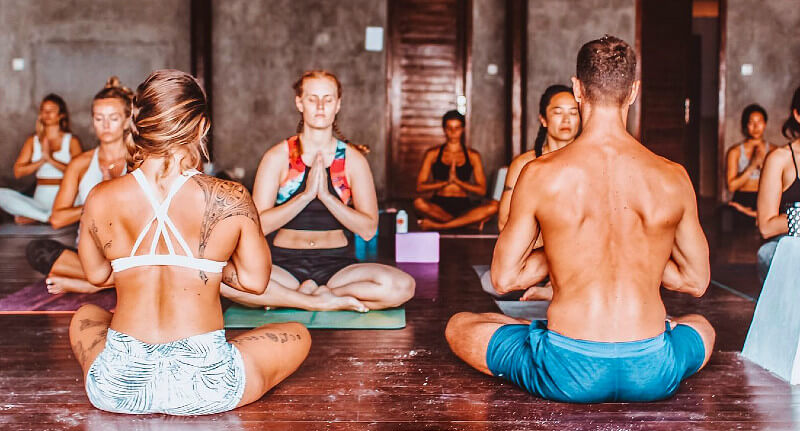
When there aren’t many reviews or testimonials available, this implies that the school is either very new and hasn’t trained many people yet or hasn’t received good enough feedback that it is willing to share.
If there are negative reviews, this is not necessarily bad, because it shows a level of honesty and transparency from the school. Interestingly, many positive reviews don’t always imply a high quality school either. Your best unfiltered place to check on reviews is Yoga Alliance. It’s the equivalent of TripAdvisor, where you get more transparency and decide for yourself whether this school is good.
FAQ
Is 200 Hours Enough to Teach Yoga?
The 200-hour certification is enough to teach yoga because it meets the basic requirements to begin offering instruction, providing an introduction to poses, sequencing, cueing, adjustments, anatomy, and methodology. While not exhaustive, when supplemented with dedicated personal practice, a senior teacher, and ongoing education, 200 hours gives an adequate foundation to start teaching.
How Long Does It Take To Complete 200 Hours of YTT?
Most YTT teaching programs take between four and eight weeks, with an average of about one month’s duration. Programs must include a minimum of 185 contact hours with instructors and 15 non-contact hours for other learning.
What Is a 200 Hour Yoga Teaching Qualification?
The 200 hour certification is the basic credential indicating completion of foundational instructor training according to standards outlined by the Yoga Alliance. After graduation, the “RYT-200” designation signifies qualification to instruct basic yoga classes and asanas, though further training is encouraged.
Read More Blogs
Want to Become a Yoga Teacher and/or
Deepen your Yoga Practice?
2 FREE EBOOKS FOR YOU:
- 20 things to know before choosing a yoga teacher training
- 7 tips to deepen your yoga practice right now
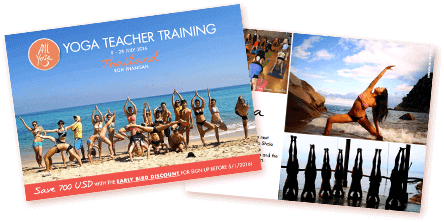
Copyright © 2024, All Yoga International ltd. All Rights Reserved
Privacy Policy